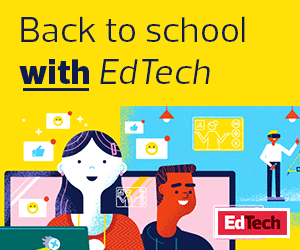Gen Z Students Report Interest in Emerging Tech
The survey found that 42 percent of students were interested in pursuing a technology career. More than half said it was because most jobs will require the use of technology. Others cited their personal interest (50 percent) and the fact that tech jobs pay well (46 percent).
Students were particularly interested in learning more about AI (50 percent), followed by cybersecurity (47 percent) and cloud technology (42 percent). Yet less than a third felt equipped to use these technologies in their life or career, according to the report.
Meanwhile, students who said they weren’t interested in emerging tech cited numerous reasons why: 42 percent said it was because they didn’t find any of the areas exciting or engaging, while others noted it was because they didn’t understand them (24 percent) or have time to learn more (16 percent).
How to Teach Gen Z Emerging Tech Skills
To prepare Gen Z for the future of work, schools need to recognize and support student interest in emerging technology, says Grace Suh, vice president of IBM Education.
“We know that almost all jobs will change in the future due to AI and automation. Students will need a variety of 21st century skills to succeed,” she says. “Looking at the changes in education and work, offering specific types of learning experiences for all students is most beneficial.”
DISCOVER: Learn how high schools prep students to fill the cybersecurity skills gap.
Suh explains that these learning opportunities should not only teach students technical skills, but also focus on soft skills — from critical thinking to communication — that remain evergreen.
“If we provide ways for students to more actively learn and explore the world, then no matter what they ultimately decide to do, they will have the skills, real-world awareness and flexibility that will have them well equipped for a constantly changing system,” Suh says.
Many school districts are already involved in a range of initiatives to ensure all students are college and career ready, Suh says. Career and technical education programs, in particular, are effective in teaching students necessary skills related to in-demand career pathways.
READ MORE: Learn how immersive tech can expand CTE options for students with disabilities.
“Exposing young people to strategic, door-opening, early college courses in a particular field can set them on their way to their first professional credential with value in the labor market, without limiting their future educational or career aspirations,” Kyle Hartung, associate vice president of Jobs for the Future, shares with EdTech.











